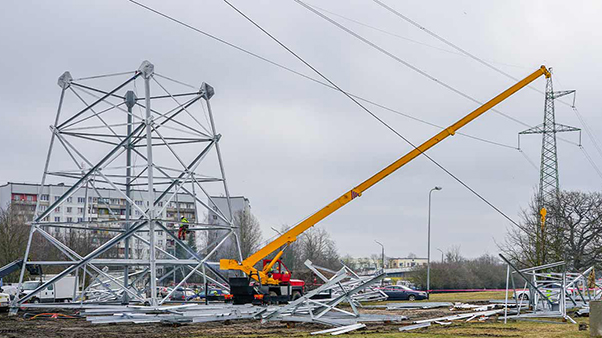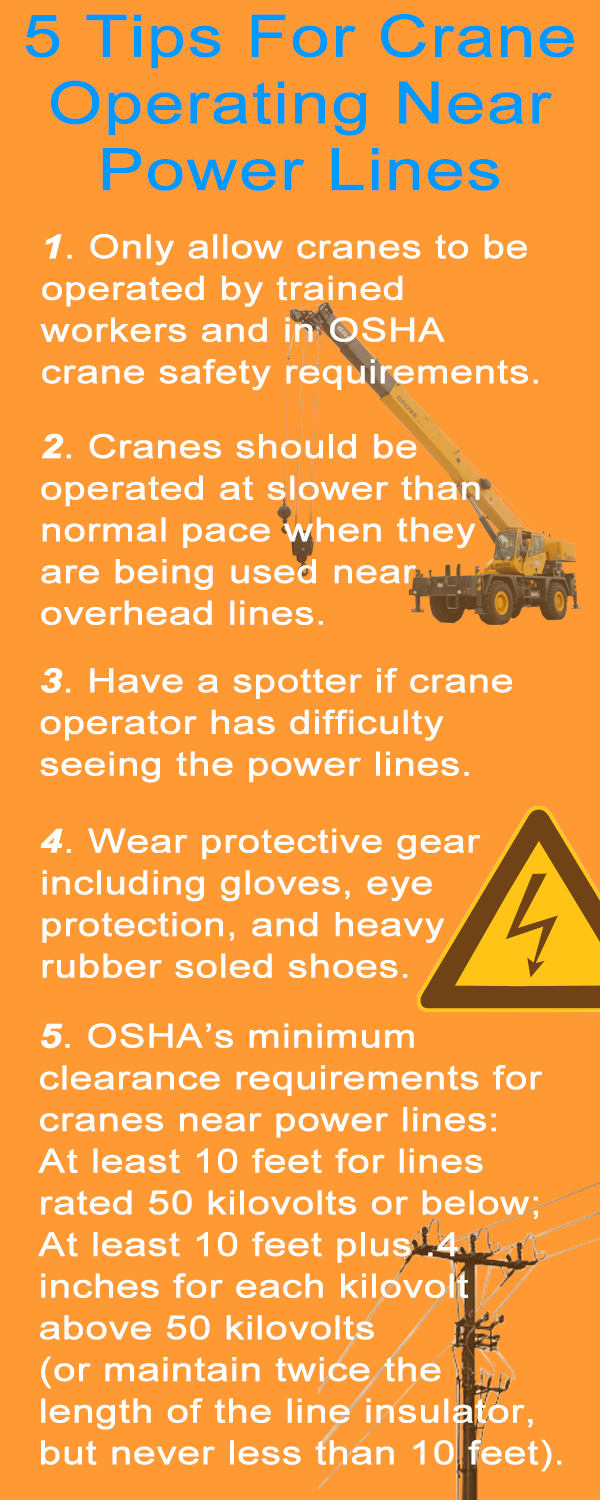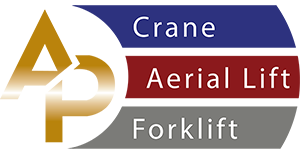

The primary objective is to prevent any contact between power lines and ensure a well-informed and responsible operation. It is crucial to recognize the potential dangers associated with operating a crane in close proximity to power lines. The safe execution of lifting tasks and complex maneuvers with a mobile crane necessitates a highly skilled and trained operator, as well as the unwavering focus of the entire team. Operating a crane within a distance of two boom lengths from a power line poses a significant risk and must be regarded as a hazardous operation, demanding additional precautions. These precautions include assigning a dedicated individual whose sole responsibility is to monitor the clearance of the equipment and provide timely warnings when necessary.
Prepare for your mobile crane operator test with our comprehensive study materials, practice exams, and expert advice. Our resources are specifically tailored to equip you with the knowledge and skills needed to pass the exam with confidence and earn your well-deserved certification.
This subsection addresses the safety measures related to non-energized power lines. It establishes the minimum clearance requirements between power lines and cranes or loads during both operations and transit. Furthermore, it emphasizes the importance of designating a signal person or spotter to monitor clearance and provide timely warnings. The subsection also highlights the use of safety features such as crate boom-type guards, insulating links, and proximity warning devices. Additionally, it provides guidelines for working near transmitter towers. It is important for both the owner and operator to be familiar with the relevant principles and standards applicable to the work location, as different nations, municipalities, and countries may have additional regulations in place.

Prior to beginning any major construction project, it is crucial to thoroughly assess and address the presence of power lines in the vicinity of the work area. Licensed and certified contractors undertake this responsibility during the pre-bid phase of the contract. A key step in this process is to promptly contact the electric utility company during the pre-bid planning stage. This allows for determining whether the power lines can be de-energized or if additional precautions will be necessary throughout the project.
It is also imperative that a meeting involving landowners, primary builders, subcontractors, crane operations managers, responsible entities, and the electric utility. This gathering aims to discuss potential hazards and establish consensus on measures that will ensure equipment remains safeguarded against inadvertent contact with energized power lines. If any crane operation or similar tasks are planned in close proximity to energized power lines, the crane operator or project supervisor must inform the electric utility and take all necessary precautions to ensure safety throughout the project. It should be strictly prohibited to store any equipment or materials that may require lifting by a crane under power lines.
Elevate your career opportunities and acquire the essential skills through our exceptional crane operator classes. Our comprehensive training programs offer instruction on safety protocols, equipment operation, and the latest industry best practices, ensuring you gain the expertise needed for success.
In site situations where equipment needs to be frequently moved beneath power lines:


An All Purpose Safety Training Solutions Company